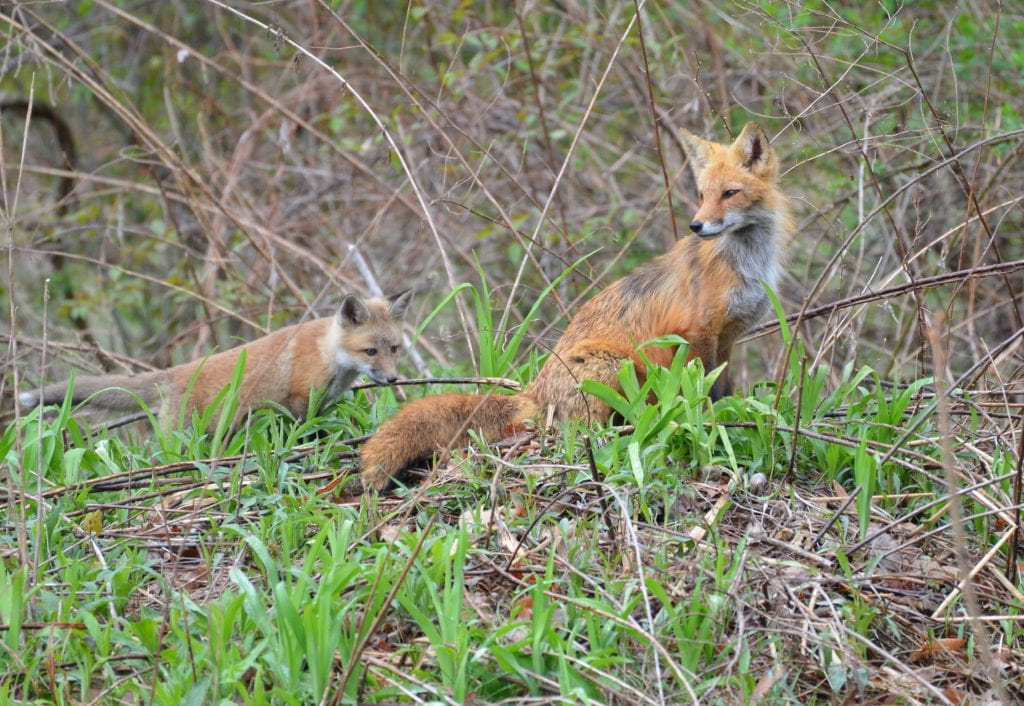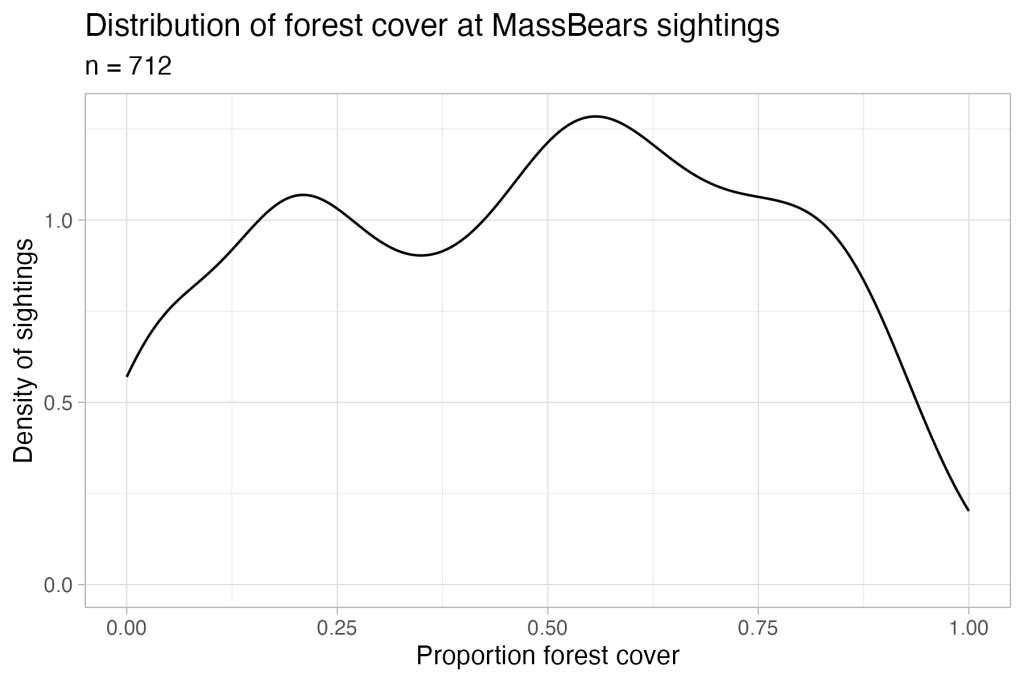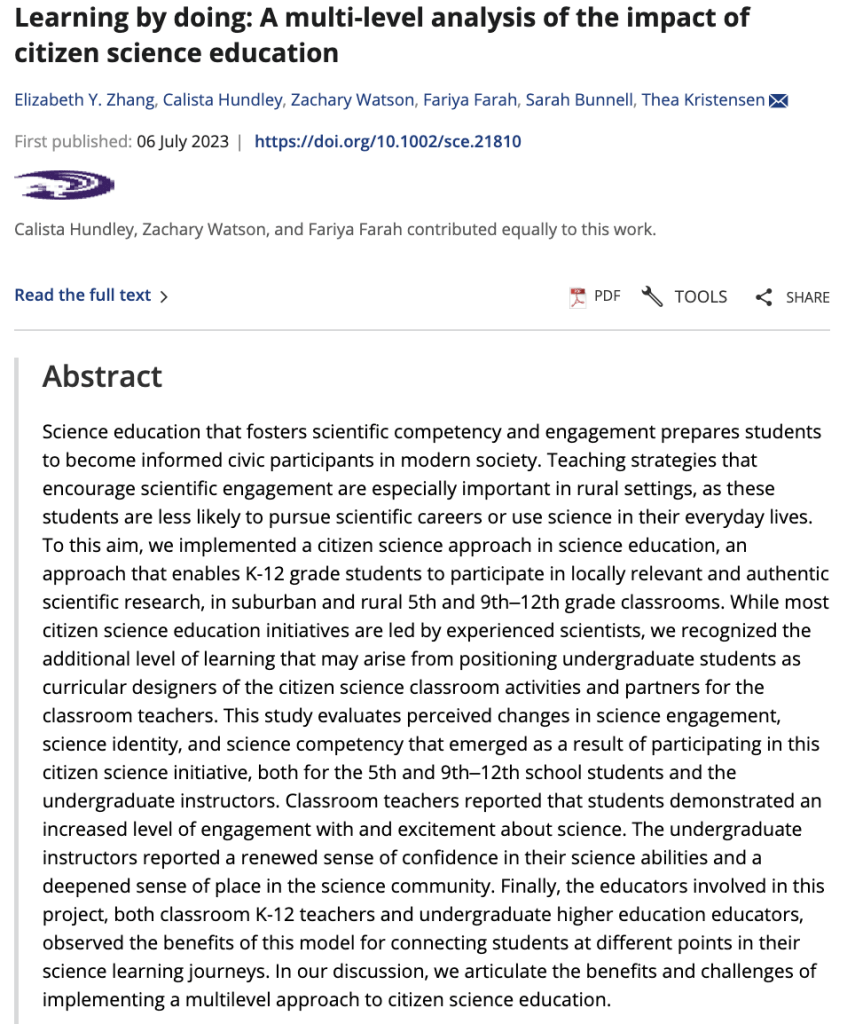
April 2025:

BioBlitzes are a great way to learn about organisms that live in your neighborhood. BioBlitzes started in the 1990’s as a way to find and identify as many different living things as possible in a short time frame. With Earth Day coming up on April 22nd, there are a number of BioBlitzes coming up in the area. The City Nature Challenge in particular has many BioBlitzes running in the area. For instance, there is the City Nature Challenge 2025: Boston Area and City Nature Challenge 2025: Pioneer Valley run through UMass. The iNaturalist Next app provides a way for all community members to identify living things by taking photographs and to contribute to these projects.
Mass Mammals and The Office of Sustainability are proud to announce the launch of a new project, the Amherst Campus BioBlitz! Starting with a table event on Earth Fest, on April 25th, our lab and the Office of Sustainability at Amherst will be teaming up for a campus-wide BioBlitz. The event will help engage our students and faculty with our animal, plant, insect, and fungi community! The duration of the BioBlitz will be from April 25th through April 29th.
February 2025:

Our team embarked on a tracking expedition with Pam Landry, the Wildlife Education Coordinator from the Massachusetts Division of Fisheries & Wildlife!! Pam led a wonderful morning walk by the Quabbin Reservoir to look for mammal tracks in the snow.
May 2024:
We are starting a new project, inspired by our community, looking at trail use in the Holyoke Range. Check out this page for more info.
Data Team Update, March 2024:
One project we’re currently working on involves incorporating black bear sightings from our volunteers into a species distribution model. Here’s a bit more on what that means. Right now, we have locations of black bear sightings from volunteers (see this link for what the map looks like!). Ideally, we want to use these sightings to predict the probability that a bear is in a given location. For instance, if we take a look at that map, we have very few sightings in Cape Cod, so we would assign a very low probability of bears to that area. Models allow us to get these probabilities in a formal way.
The challenge with modeling volunteer sightings is that they are influenced both by where bears are and by where volunteers are. The below density plot looks at the distribution of forest cover at MassBears sightings. We have the fewest sightings in areas with the highest forest cover (the density of sightings dips when proportion of forest cover = 1). This is probably because volunteers are less likely to spend most of their time in heavily forested areas, and not because bears don’t like forests. There aren’t many methods that have been developed to deal with this feature in volunteer data, so we’re experimenting with new ways to correct for the influence of volunteer presence on the distribution of MassBears sightings.
This model will allow us to understand black bear distribution in Massachusetts at a much broader scale than other field collection methods. We can answer questions about the extent to which the black bear population is expanding eastward, and how likely bears are to spend time in areas with greater housing density. Our results will also inform the modeling work of other community science projects looking at species distributions around the world. This research would not be possible without your continued contribution to the project! Feel free to reach out to citscima@amherst.edu with further questions about how we are using volunteer sightings.

Education Team Update, March 2024:


The education team has been busy this year completing a variety of projects, developing new lesson plans, and collaborating with a new cohort of local teachers. One focus has been updating and creating lesson plans to include a variety of new activities, including many that are outdoors. A goal with updating lesson plans and resources is to further engage students in exploring science and the local ecosystems present around them. Another recent accomplishment was that we translated all of our materials into Spanish to create a bilingual curriculum that is currently available to our teachers and recently were able to participate in the Caminantes Program story hour in Spanish. Finally, we recently welcomed a new cohort of eight local educators and two community organizations which has been an exciting way to connect with new students and introduce them to MassMammals.
Education Team Update, November 2023:
Exciting news alert! Several undergraduate members of our MassMammals Education Team (Elizabeth Zhang, Calista Hundley, Zachary Watson, Fariya Farah, Sarah Bunnell, and Dr. Thea Kristensen) recently submitted and published a paper to the journal Science Education titled “Learning by doing: A multi-level analysis of the impact of citizen science education.“
The paper explores some of our team’s findings about the impact of implementing citizen/community science activities in suburban and rural 5th and 9th-12th grade classrooms in Massachusetts, and the important role that community science can play in young students’ scientific education journeys. You can read the abstract below. If you would like to read the paper in its entirety, visit this link or send us an email citscima@amherst.edu.
Thank you to our volunteers as always for all of your support! Creation and continuation of this project relies on each of you, which in turn allows us to create more learning opportunities for local K-12 students and budding community scientists in MA and beyond.

Older Updates
Thank you as always for all your support! For more regular updates about our project, sign up for our monthly newsletter by emailing us at citscima@amherst.edu! You can also follow us on Instagram and Facebook @MassMammalsWatch.
Miss a newsletter? Catch up here:


You must be logged in to post a comment.